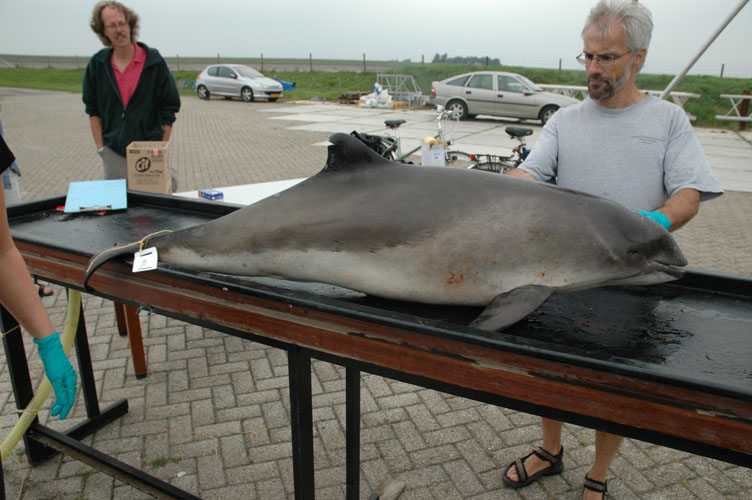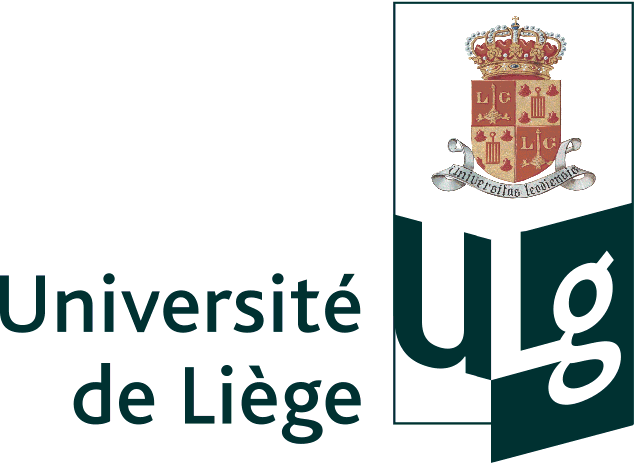Necropsies
Strandings of whales and dolphins have always intrigued people and must have occurred
from the time cetaceans have been
present in the ocean. Seals, having also a terrestrial behaviour, are well known and perhaps less
intriguing. Mass stranding can be defined
as an event where two or more animals run ashore alive at roughly the same place and time. Many
theories have attempted to explain that phenomenon.
In most cases, it cannot be attributed to a single cause, but is the result of a complex interaction
of physical and biological factors such as
ocean currents, tides and coastal configuration, the animals' migratory and social behavior, food
availability, echolocation or orientation failure,
and diseases which have debilitating effects. Necropsies can greatly help in determining the cause of death of the animals. Necropsies are similar to autopsies, but the difference is that autopsies are performed on humans and necropsies on animals.
Why necropsy
The aim of necropsies is to provide information about
- the cause of death
- the identification of lesions and their potential origin and with that the health status of and the
mains threats to a population
- the collection of samples
Other investigations from samples collected during necropsy can provide data on biology (reproductive status,
life history,...),
physiology and the burden of anthropogenic pollutants on marine mammals.
It is always best to perform the necropsy as soon as possible after the standings but, in
practice, this is not always possible. For instance in the case of mass strandings there are too many animals and other solutions have to be found. The best solution is to freeze animals that can be not investigated directly to -20°C.
Animals that are stranded in Belgium must be reported to the Royal Belgian Institute of Natural Sciences. Dead animals are examined and necropsied by the Department of Morphology and Pathology of the Faculty of Veterinary Science of the University of Liège.



